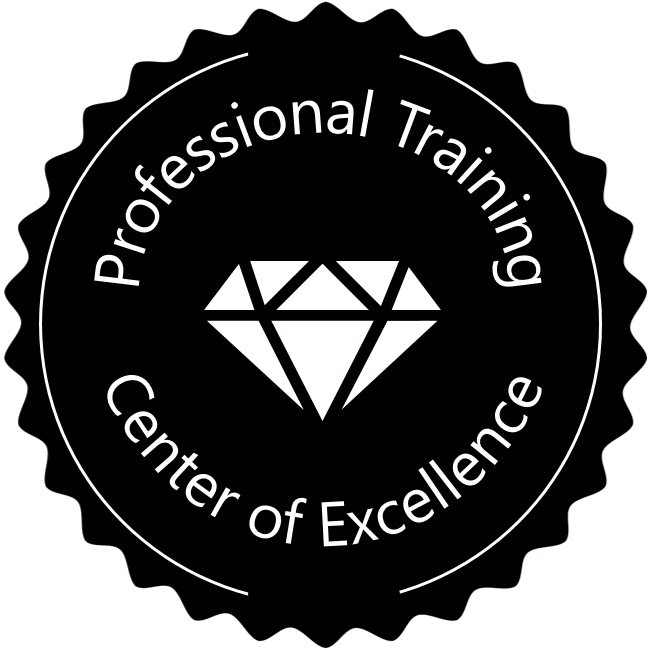Introduction
This is a bundle of an accredited eLearning course and the official online exam (all fees included).
What is PRINCE2 Practitioner?
PRINCE2 Practitioner is the advanced level of certification for PRINCE2 project management methodology.
While PRINCE2 Foundation is more about awareness and being able to work as an effective team member in a PRINCE2 project, PRINCE2 Practitioner is about being able to tailor and implement PRINCE2 in a project, and lead the project.
How is the exam?
PRINCE2 Practitioner is a normal multiple-choice exam with one right choice and three wrong choices. In the past, it used to have different types of choice-based questions, but it’s turned into this simple form after the 2017 update of the official manual. Even a longer time ago, the exam used to be essay-based, which you may still find mentions of it in old resources.
While the exam is multiple-choice, the questions are based on scenarios that you have to read and understand and use to find the correct answer for that sample project.
What are the prerequisites?
PRINCE2 Foundation used to be the prerequisite for the exam, but it’s been a few years that any of the following is accepted:
- PRINCE2 Foundation
- PMP®
- CAPM®
- IPMA Levels A, B, C, or D
There are no other prerequisites, even no standard training is mandatory: You can learn the topic by taking eLearning courses, classroom courses, or even do self-study, and then buy the exam voucher from an accredited training organization (such as us) and take the exam online.
Is it the right program for me?
If you’re involved in the management of projects, the PRINCE2 Practitioner certification program will be helpful and practical for you, and it has a high priority among related certificates.
How can I learn more about PRINCE2 Practitioner before making my decision?
You can start taking our eLearning course and see if the topic is interesting to you. The first 30% of the course is free.
About this course
You can take the PRINCE2 Practitioner exam if you have at least one of the following certificates:
- PRINCE2 Foundation
- PMP®
- CAPM®
- IPMA Levels A, B, C, or D
However, the PRINCE2 Practitioner course assumes that you’re familiar with PRINCE2 in the Foundation level. If you’re not, you need to take the PRINCE2 Foundation eLearning course (can be without the exam) or self-study before taking this course.
This course is accredited by PeopleCert (the official examination institute for PRINCE2) on behalf of AXELOS (the owner of PRINCE2).
There are two versions of this course, and both will be available to you, and you can change the version multiple times, at any time you want. The standard version is equivalent to a 3-day classroom course, and the extended version is equivalent to a 5-day course.
The whole course is delivered by two trainers, Frank Turley, and Nader K. Rad, where they go through 240 scenarios or problems in project management and discuss them from the PRINCE2 point of view. Frank is one of the best-known PRINCE2 trainers who has been delivering eLearning and classroom courses for many years, and Nader is a process expert who has been an official reviewer of PRINCE2 2017 and PRINCE2 Agile.
The course consists of 66 lessons. The lessons are kept short and relatively independent, so that busy professionals can easily take and finish the course with as little time as 15 minutes per day. Regardless, it’s self-paced, and you can decide how quickly or slowly you want to take the course without putting too much pressure on yourself.
There are quizzes, 4 sample exams, printable material, and 2 sample projects in the package.
In short, the course provides everything you need to learn the topic and prepare for the exam. The first 30% of the course is free, and you can take it and see if it meets your needs before finalizing your decision.
There are 16 main sections in the course. Each section is focused on principles, one of the themes, or one of the principles. There’s also a section at the end about the exam.
- Introduction
- Introduction
- 01. Principles
- 01.01. Principle 1
- 01.02. Principles 2 and 3
- 01.03. Principles 4 and 5
- 01.04. Principles 6 and 7
- 02. Business Case Theme
- 02.01. Business Case, Part 1
- 02.02. Business Case, Part 2
- 02.03. Business Case, Part 3
- 02.04. Business Case, Part 4
- 02.05. Business Case, Part 5
- 02.06. Business Case, Part 6
- 03. Organization Theme
- 03.01. Organization, Part 1
- 03.02. Organization, Part 2
- 03.03. Organization, Part 3
- 03.04. Organization, Part 4
- 03.05. Organization, Part 5
- 04. Quality Theme
- 04.01. Quality, Part 1
- 04.02. Quality, Part 2
- 04.03. Quality, Part 3
- 04.04. Quality, Part 4
- 04.05. Quality, Part 5
- 05. Plans Theme
- 05.01. Plans, Part 1
- 05.02. Plans, Part 2
- 05.03. Plans, Part 3
- 05.04. Plans, Part 4
- 05.05. Plans, Part 5
- 05.06. Plans, Part 6
- 06. Risk Theme
- 06.01. Risk, Part 1
- 06.02. Risk, Part 2
- 06.03. Risk, Part 3
- 06.04. Risk, Part 4
- 06.05. Risk, Part 5
- 06.06. Risk, Part 6
- 07. Change Theme
- 07.01. Change, Part 1
- 07.02. Change, Part 2
- 07.03. Change, Part 3
- 07.04. Change, Part 4
- 08. Progress Theme
- 08.01. Progress, Part 1
- 08.02. Progress, Part 2
- 08.03. Progress, Part 3
- 08.04. Progress, Part 4
- 09. Starting Up a Project Process
- 09.01. Starting up a project, part 1
- 09.02. Starting up a project, part 2
- 09.03. Starting up a project, part 3
- 09.04. Starting up a project, part 4
- 10. Initiating a Project Process
- 10.01. Initiating a project, part 1
- 10.02. Initiating a project, part 2
- 10.03. Initiating a project, part 3
- 11. Directing a Project Process
- 11.01. Directing a project, part 1
- 11.02. Directing a project, part 2
- 11.03. Directing a project, part 3
- 12. Controlling a Stage Process
- 12.01. Controlling a stage, part 1
- 12.02. Controlling a stage, part 2
- 12.03. Controlling a stage, part 3
- 12.04. Controlling a stage, part 4
- 13. Managing Product Delivery Process
- 13.01. Managing product delivery, part 1
- 13.02. Managing product delivery, part 2
- 13.03. Managing product delivery, part 3
- 14. Managing a Stage Boundary Process
- 14.01. Managing a stage boundary, part 1
- 14.02. Managing a stage boundary, part 2
- 14.03. Managing a stage boundary, part 3
- 14.04. Managing a stage boundary, part 4
- 15. Closing a Project
- 15.01. Closing a project, part 1
- 15.02. Closing a project, part 2
- 15.03. Closing a project, part 3
- Extras and Sample Exams
- Conclusion
- Sample Projects
- Sample Exams
Welcome to the course!
This first lesson is just an introduction which covers a few basic information about the course and the certification program.
Good. We'll start discussing principles in the next lesson. The next lesson is about the following two principles:
- Continued business justification
- Learn from experience
Do you remember what they are about? Maybe you can spend a few minutes looking them up in the official manual before taking the lesson.
As mentioned, you need to have a copy of the official PRINCE2 manual. You can buy it from the publisher:
Managing Successful Projects with PRINCE2
ISBN: 9780113315338
You can choose among these options when you buy the book:
- Printed book: suitable for the exam
- PDF ebook: you CAN'T use it for the exam
- Online version: you CAN'T use it for the exam
You can also buy the book from your regional Amazon website, and some other websites similar to that; sometimes with a lower price.
Finally, please note that the latest edition of PRINCE2, which was initially called "PRINCE2 2017 edition" is now called "PRINCE2 6th edition".
You can continue with the lessons by clicking on the “Next” button above, or you can sign up now, to make sure your progress is saved, and to be able to buy/activate your course:

